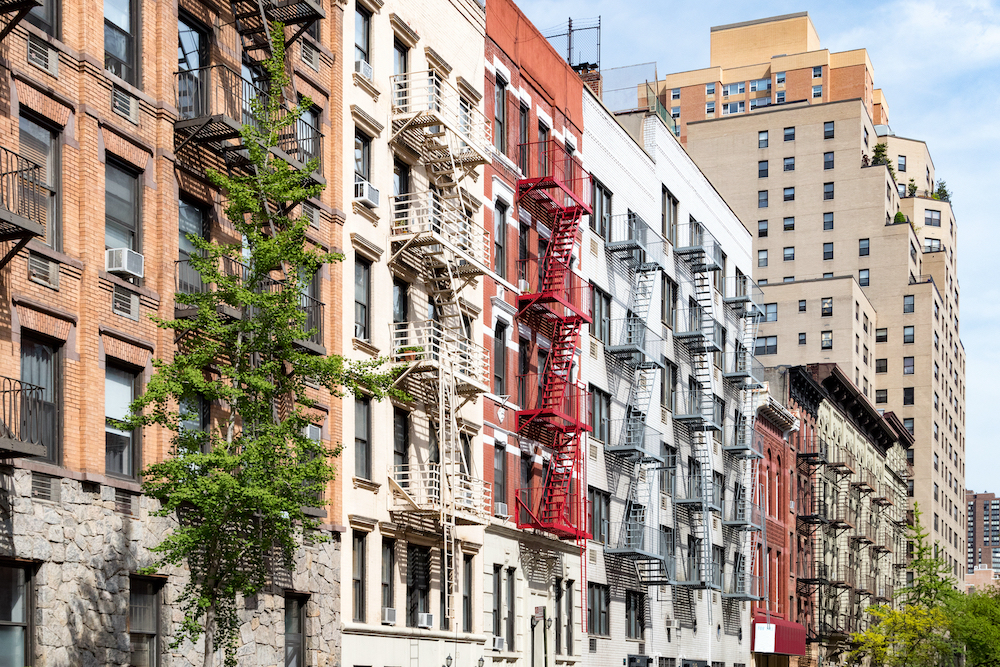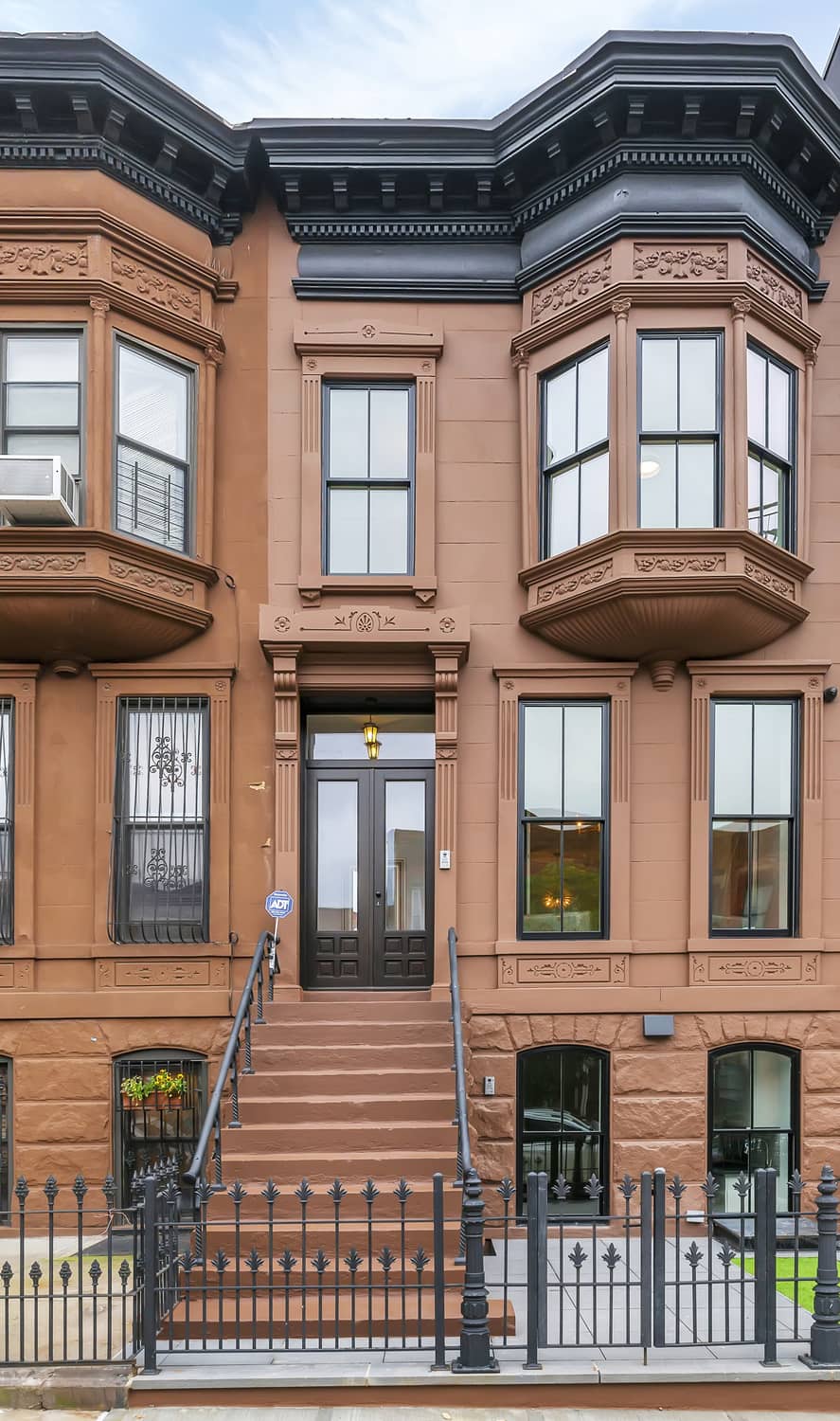Property Types: Why Do They Matter?

NYC Renovation Guide: Property Types
This article at a glance:
If you’re considering purchasing a new home with the intention to renovate, the very first step is to know how each property type varies from each other in terms of renovation needs and the resulting implications of those differences. From the classic cool of a New York City loft to a family-friendly brownstone to an apartment in a Manhattan high-rise, each property type has its own unique needs and considerations. Follow along as we break down the most common NYC property types and the implications of renovating each one.
The main renovation implication of property types is ownership. Co-ops and condos tend to be under ownership of a board, much like a homeowners association, and thus require dealing with both building management and the board itself. Private residences, on the other hand, simply don’t require dealing with anyone other than the owner. Brownstones and townhomes are more commonly private residences, while lofts tend to be in managed buildings as well.
Private residents have much more leeway with regard to renovations, so the majority of the points listed below are most relevant to those who are considering a new home in a managed building.
Building Management & Board Approvals
Navigating management and board approval normally adds time and cost to a renovation. Work times are extended because buildings typically have time restrictions imposed, such as no work before 10am or after 5pm. Buildings with co-op boards also have regulations around things like waterproofing wet areas, replacement of branch lines for plumbing, and daily protection and clean-up of common spaces such as hallways and elevators.
Not only do these factors add time and cost, but they also highlight the importance of working with a contractor who regularly works in those property types. Planning is always important, but it becomes even more important in a renovation that is in a loft, co-op, or condo. You can’t get a headstart on the design work and selection process, because in a managed building, you have to submit the entire renovation packet to the management company and board. But they won’t even review it until you’re the official owner of the property.
If you go into contract on an apartment today and you're not set to close for a month and a half, you can use that month and a half for design work, material selection, etc., but in that time period you're not making purchases, submitting the renovation packet, or even applying for permits. That process adds 35-60 more days, depending on the scope, which could easily stretch into a few months if not more.
Building Rules & Restrictions

In a private home, you can do just about anything. If you want to move your kitchen to the other end of the house, add an entirely new bathroom, or knock down a wall, it’s all fair game. In a co-op or condo or loft with a management company, you’ll have to abide by the rules of the space, which will be unique from building to building, but usually having to do with deadlines and limits around timing and wet-over-dry restrictions (meaning bathrooms and kitchen sinks generally have to stay in the same space so as not to disturb apartments above and below).
In the current COVID era, many buildings have been returning to more or less normal proceedings, but may still have some restrictions. For example, the building may have new limits to the number of projects allowed at a time, which will extend timelines. If you’re buying now, make sure to find out how COVID has impacted renovations in your building.
Permits & Packages
All renovations require permits by the city, but properties that are private residences, such as many brownstones and townhouses, don't have the management board considerations, which include abiding by the building’s individual alteration agreement – more on those below. All renovations will require submitting permits to the Department of Buildings. If the project is a historic landmark, additional permits are required for the Landmark Preservation Commission. Many lofts and townhomes in NYC are landmarked properties, requiring approvals from LPC as a requisite to DOB approvals.

At Gallery, we handle all of this for our clients. Don’t have time to read a 20-page alteration agreement? Of course not, who does? Not only do we have the time, but we’ve also been working in the city for so long that we know many of the buildings already, allowing us to draw on the relationships we’ve built with superintendents and management boards.
Alteration Agreements
“No Surprises” isn’t just a great Radiohead tune from the ‘90s. It’s also the ideal scenario when planning to buy a home that you intend to renovate. The most ideal way to ensure there will be no surprises is to obtain a copy of the alteration agreement, a standard feature in each building. It may change from building to building, but each building's agreement is the same for each unit. All residents must abide by it. You should read through the alteration agreement very carefully before you close on the space and ideally before you even go into contract.
.jpg)
The alteration agreement is a standard feature that each building has. It may change from building to building, but each building's agreement is the same for each unit. Everyone has to abide by it. Common elements include insurance requirements for vendors, forms and risk transfer documents, security deposits, information regarding the building reviewing architect and architectural plans, and building rules in terms of water shutoffs – among other things.
The Human Element
Always get to know the superintendent of your building. A good relationship with your super can be a gateway to the lay of the land in your new home. The super can be a resource in terms of sharing information with you about what other units have done with regard to renovations. They may be able to tell you right off the bat if what you’re imagining is even feasible. Are there any skeletons in the closet? The super will know all about any asbestos, to name just one example.
Pre-War Spaces or Why Age DOES Matter (Sorry Grandma)
Another important distinction with property types is age. Pre-war spaces that are in estate-condition usually necessitate major upgrades, which will cost more across the board. Beyond a high probability for problematic plaster walls, pre-war apartments almost universally require bringing plumbing and electric up to modern standards and handling asbestos and lead abatement. The older the property, and the worse shape it's in, the lengthier the process and the costlier the renovation.
Post-War Spaces Often Require Renovation Before Moving In
Although spacious post-war properties from the 1950s-1970s have a better chance of prior renovations, those updates are likely outdated and often used materials containing asbestos, which requires removal if touching any part of the home that is being renovated. For post-war condos from the 80s-90s and even into the early 2000s, many units may have strong internals, but their compact and standardized design often requires personalization upon purchase.
Now that you know how property types impact renovations, it’s time to turn to costs.


.png)
.png)



.jpg)

%20(2).jpg)


.jpg)
%20Gallery%20KBNY.JPG)


